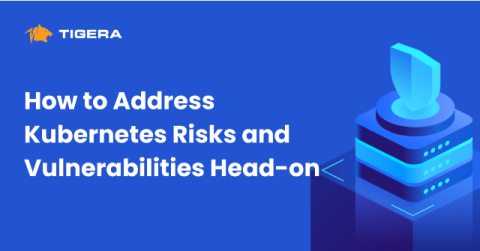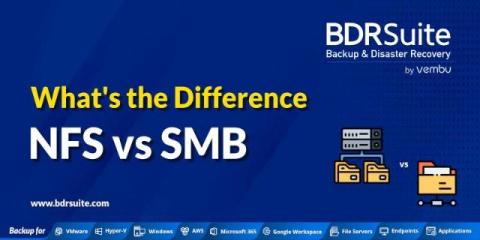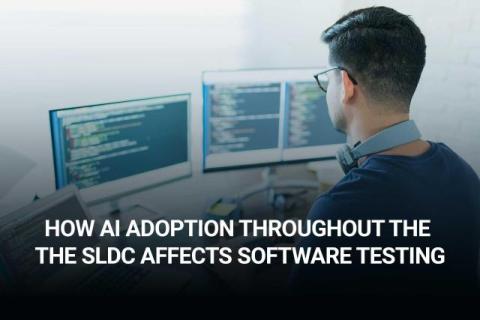How threat intelligence can improve vulnerability management outcomes
It might surprise you to know that more than 70 new vulnerabilities are published every day. And despite their risk-reducing value in helping SOC teams address these, vulnerability management solutions have drawbacks. Often, they only provide a snapshot of an organization’s vulnerabilities at a point in time. In fact, owing to their nature, vulnerabilities identified today may not exist tomorrow, or they may appear and disappear intermittently.











